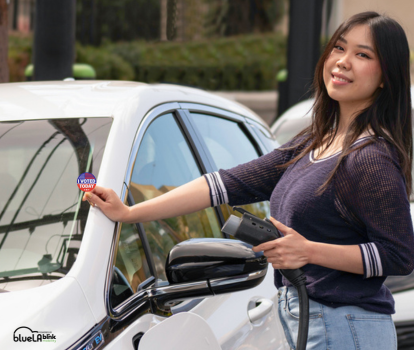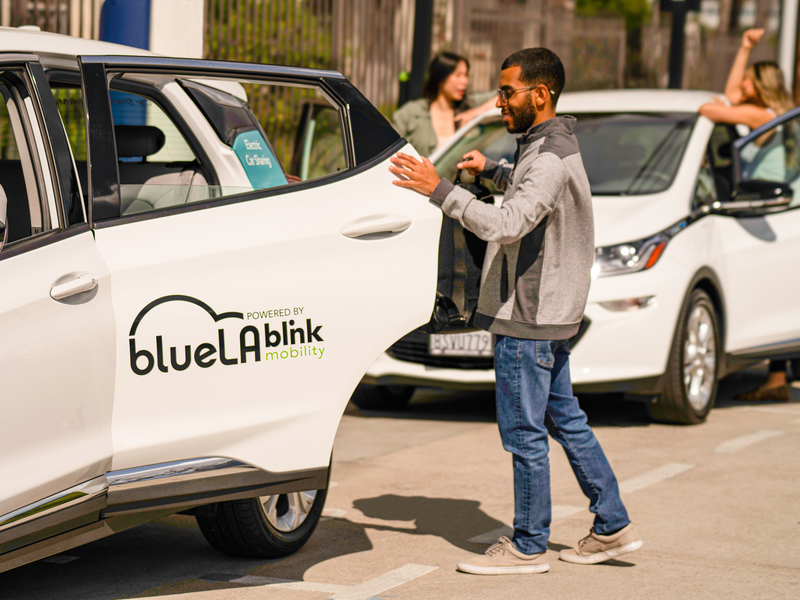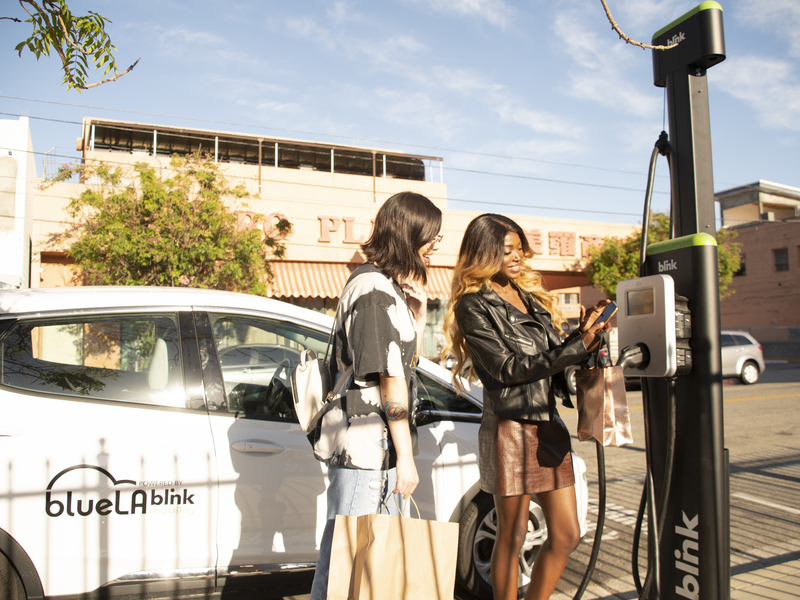When it comes to ecology, transportation represents the main challenge everyone faces. Car sharing brings an alternative transport for all. We need to go to work or grocery shopping, but using fossil energy-fueled vehicles damages our planet and causes many issues, including health issues. Public transportation is a solution when commuting, but it comes with several disadvantages, including the time it takes to get where we need to be.
Car manufacturers try to offer a solution for more responsible driving by creating electric vehicles (EVs). These vehicles run on electricity and have gained popularity in the past couple of years. In 2021, over 600,000 EVs were sold in the US, representing an 83% growth since 2018. However, not everyone can afford to buy these vehicles. Thankfully, more and more companies offer car-sharing services to manage this cost.
In this article, you’ll learn more about car sharing, how it works, and the advantages of resorting to it.

What Is Car Sharing?
Car sharing, as the name indicates, lets people who are going to the same place connect to use a single vehicle instead of each using their own. It’s a trend that’s definitely attracting people who want to save money and reduce their carbon footprint. Car sharing is expected to grow by 20% from 2021 to 2027, and some services go even further by offering car sharing with EVs, like Blink Mobility.
These services will let you ride anywhere for a low monthly membership fee, which comes with many perks. It works like a traditional rental, with an EV vehicle and more convenience. Moreover, you’ll be using an EV, which in and of itself presents an excellent alternative to fossil-fueled vehicles.
Advantages of EV Car Sharing
Car sharing presents many advantages to its users, and we’ll detail why it’s a valuable alternative to using a traditional car.
Less Expensive
Car sharing costs are automatically less than owning a vehicle because you don’t need to pay for repairs, recharging, or parking spots. You can simply take the vehicle in the street, drive it where you need to be, and park it again. Moreover, with monthly memberships, it’s possible to pay only $1 a month if you’re willing to share the vehicle. Even without a membership, it costs less than having your own car since you only pay $0.20 per 15 minutes, plus tax.
Less Greenhouse Effect
With traditional car-sharing services, the carbon footprint is divided by the number of persons in the car, which is already a significant step in the right direction. However, with EV car sharing, this footprint is reduced to zero. Moreover, you didn’t order a car, so technically, you didn’t even contribute to the pollution involved with creating lithium batteries.
More Convenient
When you rent or resort to car sharing, there’s no need for a garage. In fact, even looking for a parking spot is easier since you can park in the dedicated areas. You’ll never wonder where your car is because once it’s parked, you can just come back and take another one with your membership. It’s time-saving and more straightforward, which proves essential, especially in urban areas.
Less Traffic
When you share your car with other people, there are fewer people on the road. The more drivers use this system, the fewer traffic jams are likely to happen. This also means that in the future, if people catch on to the trend, then we can all get where we need to be faster.
The Challenges of Car Sharing
Even though car sharing is a viable solution to reduce our impact and make transportation more convenient, it’s still a long way from becoming the new standard. Here are the main aspects this emerging industry must overcome to impose a greener future.
Convincing Users
It’s one of the hardest things to do for car-sharing companies because the barriers are more psychological than real. Due to centuries of developing the value of ownership and capitalism, most people still prefer to buy rather than share. People want to have a car, and often times they enjoy having their belongings in the car. Moreover, it’s a brand-new concept people must get used to, and the fact that you have to pay to drive makes it sound more expensive than owning a car when it’s really not the case.
Lack of Government Procedures
At the time, governments don’t have the necessary procedures in place regarding some aspects of car sharing. For instance, in case of an infraction, who’s supposed to get fined? The car is matriculated in the company’s name, not the driver, making it hard to remove points from the driver’s license, and the fine needs to be paid by the company, which will then have to contact the users to sort it out.
Limited Space
In developing areas, implementing car-sharing spots is easy. However, when it comes to densely populated areas, companies can’t just use public parking spaces. It needs to work hand-in-hand with the town to create charging stations in key parts of the city without occupying too much space that’s intended for car owners.
Competition
For car-sharing businesses to keep expanding, they need to prove they’re a better alternative than taxis and public transportation. Taxis are more expensive but offer the comfort of having someone drive you to your exact destination. Public transportation is cheaper, but it can be late or canceled. Moreover, almost none of these alternative solutions offer EVs to their users, which can be a strong argument.
Sharing Trips – A Step in the Right Direction
Until the entire world gets rid of fossil-fueled vehicles, car sharing has a bright future ahead. It’s a cheap solution that’ll pander to young people first, and it’ll likely become a habit over time, similar to transportation companies like Uber.
The prospect of offering greenhouse-free transportation is seducing more and more users and governments, so car sharing will only become more and more available as it settles into our daily lives.
Recommend for You
Stay Informed
Join our mailing list for hot news and company updates.








